Groundwater bodies include water accumulations in the rock mass. These waters are united by hydraulic connections, and their accumulation has certain boundaries and volume.
According to the water code of the Russian Federation, such objects include: aquifers, groundwater basins, groundwater deposits and places where groundwater emerges to the surface.
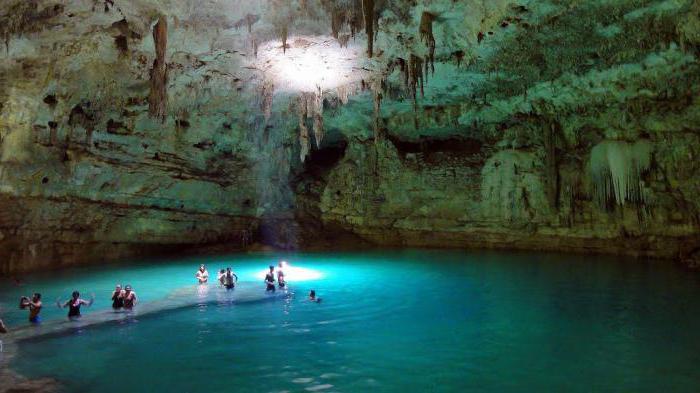
The boundaries of groundwater bodies
An aquifer is a rock-saturated layer of water in which it can be found in cracks, voids, or pores. In one way or another, this layer is located between rocks poorly permeable to water. They represent the boundaries of groundwater bodies.
The aquifer system forms a groundwater basin. By a deposit of the latter is meant a section of an aquifer where economically viable production is possible. Groundwater outlets include various springs, karst cavities, areas of waterlogged soil where water seepage is observed, as well as geysers. All of them can be both ground and underground.
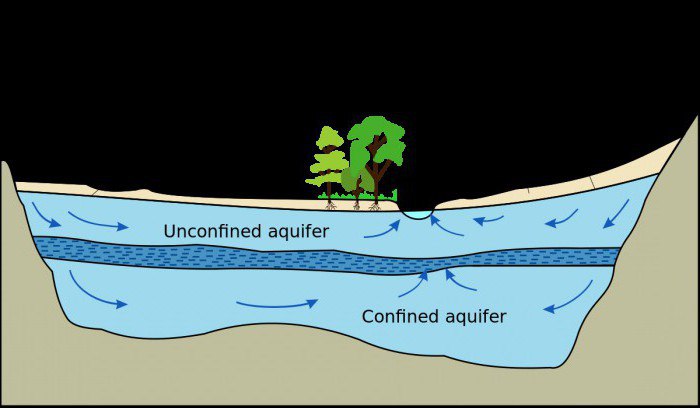
Within the boundaries of groundwater bodies, these deposits are used for drinking water supply, irrigation of farmland, treatment, and even for energy (geothermal sources).
Groundwater Types
Depending on the origin, groundwater can be:
- atmospheric;
- relict;
- juvenile.
Atmospheric water makes up most of its total underground mass on the planet. It forms both surface and underground water bodies.
Relic (or buried) water is concentrated mainly between sedimentary rock particles. It exists from the time when these rocks were formed at the bottom of the oceans. High mineralization is also largely associated with its genesis. However, its mineral composition differs from the composition of sea water, which is associated with the influx of additional substances from minerals, as well as the loss of salts from water in them.
Juvenile (magmatic) water is formed when magma leaves the bowels of the earth during its cooling and crystallization. Such a liquid contains a large amount of impurities of various metals: copper, zinc, lead, silver. In the process of deposition, they form ore deposits. Magmatic origin, to one degree or another, can have water coming out from hot underground springs.
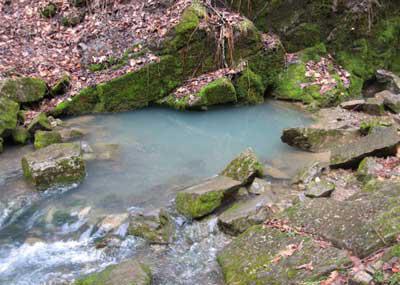
In the case of relict and juvenile waters, clearly defined boundaries of groundwater bodies are usually absent.
Groundwater formation
Of the greatest importance are waters formed due to precipitation. If they are abundant enough, the soil becomes waterlogged and moisture seeps into deeper horizons in which groundwater is formed. Another source of replenishment of underground facilities is ground-based, from which water under pressure penetrates into the ground. These may include rivers, lakes, swamps, reservoirs.
A rarer method of groundwater accumulation is the condensation of water vapor in the rock mass. It is of greatest importance for deserts and other arid regions of the globe.
The effectiveness of the passage of moisture into the soil depends on its internal structure. In terms of permeability, they are divided:
- on waterproof;
- partially permeable;
- permeable.
The latter are mostly related to coarse-grained and clastic rocks: sand, pebbles, gravel and cracked rocks.And impervious to water are monolithic solid compositions (marble, granite), as well as clay.
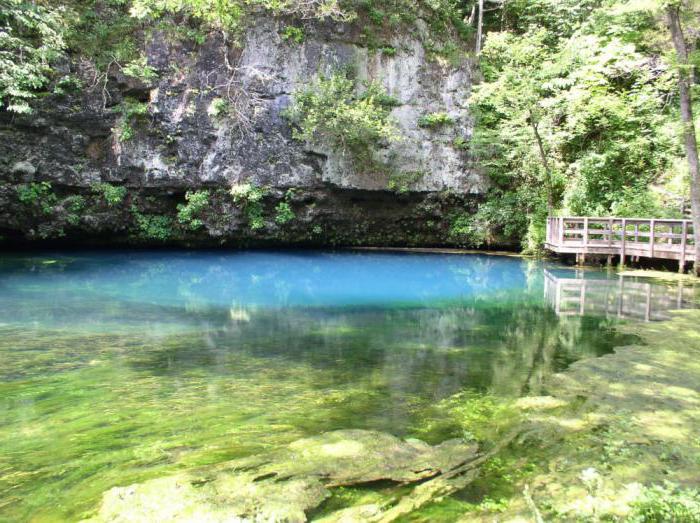
Groundwater division by depth
The depth of groundwater is divided into:
- on soil;
- soil;
- artesian.
The most deep-seated are artesian waters. They are located under water-resistant layers at a depth, and therefore are under pressure, which sometimes forces them to rise even above the surface of the earth, forming self-flowing wells.
Groundwater Protection
Groundwater protection is regulated by water legislation. It involves monitoring the quality of groundwater, treating effluents from industrial and domestic facilities, rational use of water resources, and implementing state control.
According to the water code, it is forbidden to operate the following types of objects:
- industrial, which do not have wastewater treatment facilities;
- industrial and other household structures for which a sanitary protection zone has not been allocated;
- agricultural water use facilities, if no measures are taken to prevent negative impacts on water resources.
To prevent the rapid depletion of groundwater, the following measures are mandatory:
- adequate distribution of places of water withdrawal from underground horizons across the territory of the water basin;
- determination of total groundwater reserves in the field;
- implementation of a rational water withdrawal regime;
- in the case of artesian waters, the installation of taps is necessary.
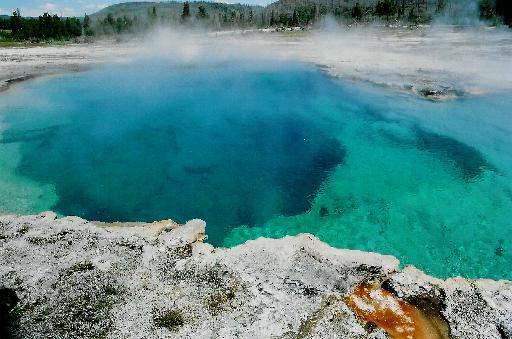
Ways to combat water pollution
To combat water pollution, preventive and emergency measures are provided. In the first case, the cost of preventing pollution of groundwater bodies will be small. The need for emergency action may arise when an actual threat or contaminant discharge has occurred. In these cases, an attempt is made to block the spread of pollution by constructing special barriers or walls, as well as using drainage systems and, where possible, pumping out contaminated water.
To prevent water pollution, sanitary protection zones (SPZ) are created around potentially dangerous objects.